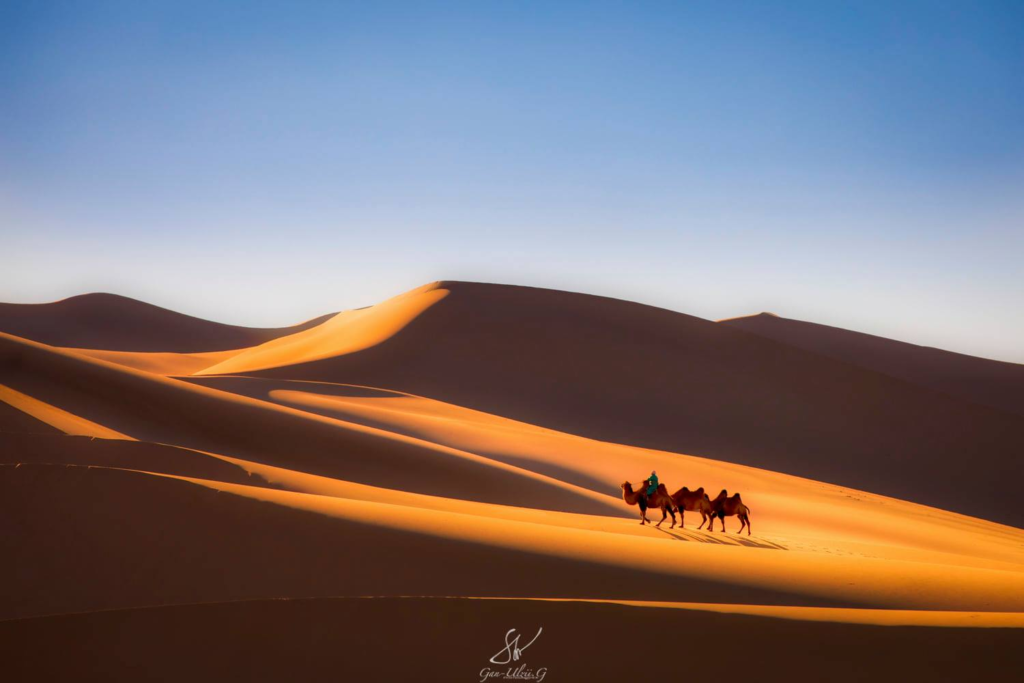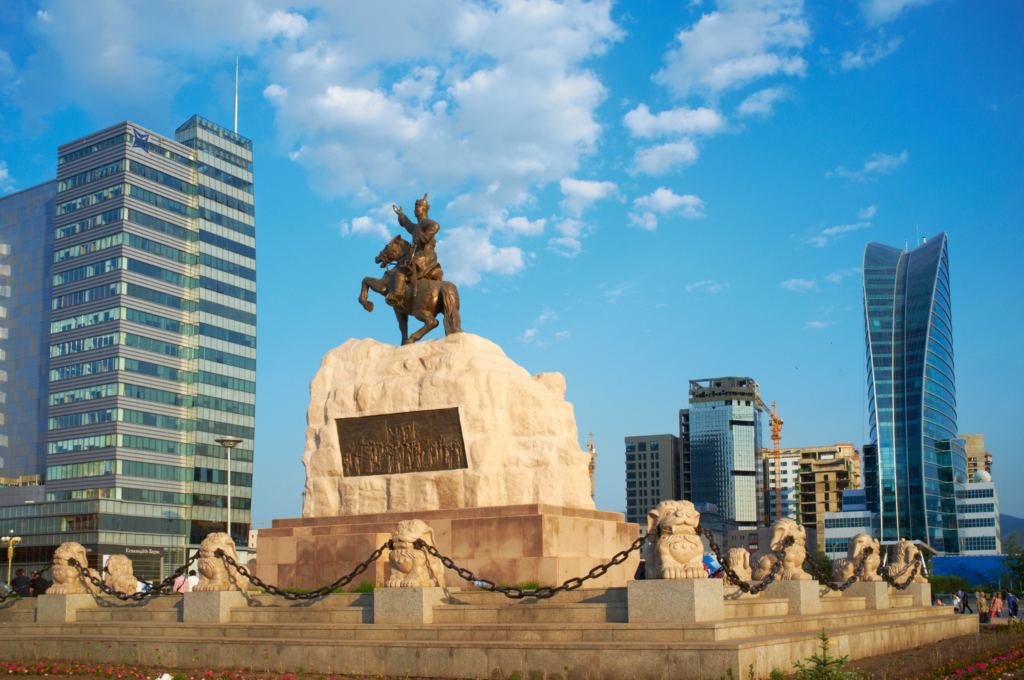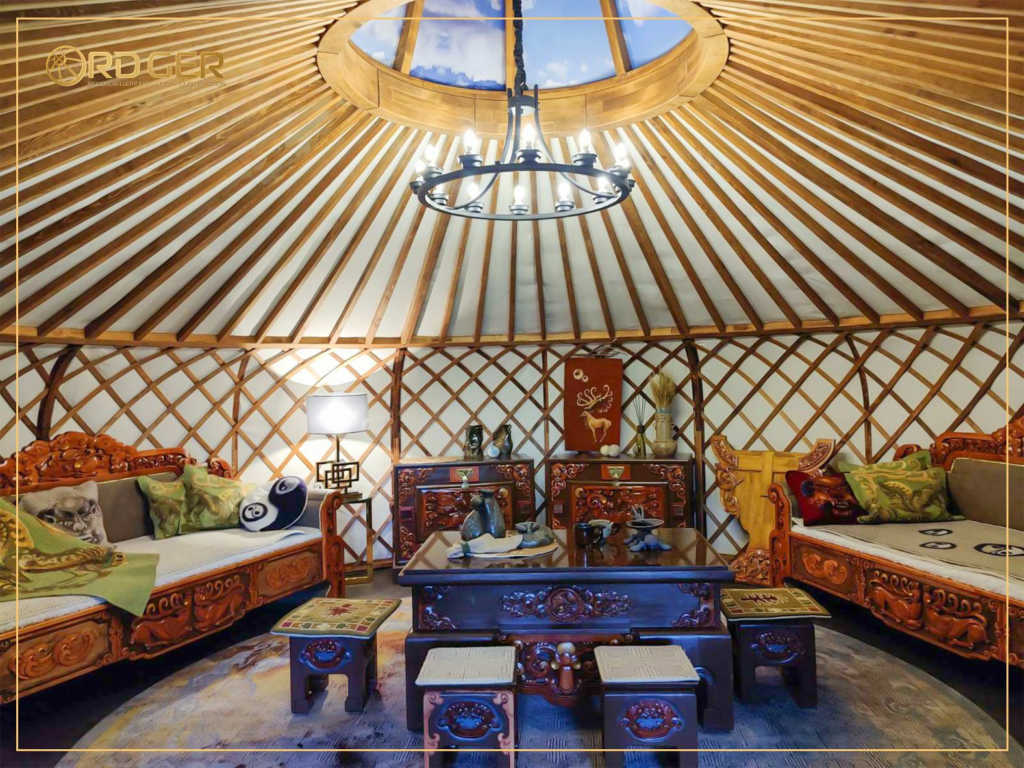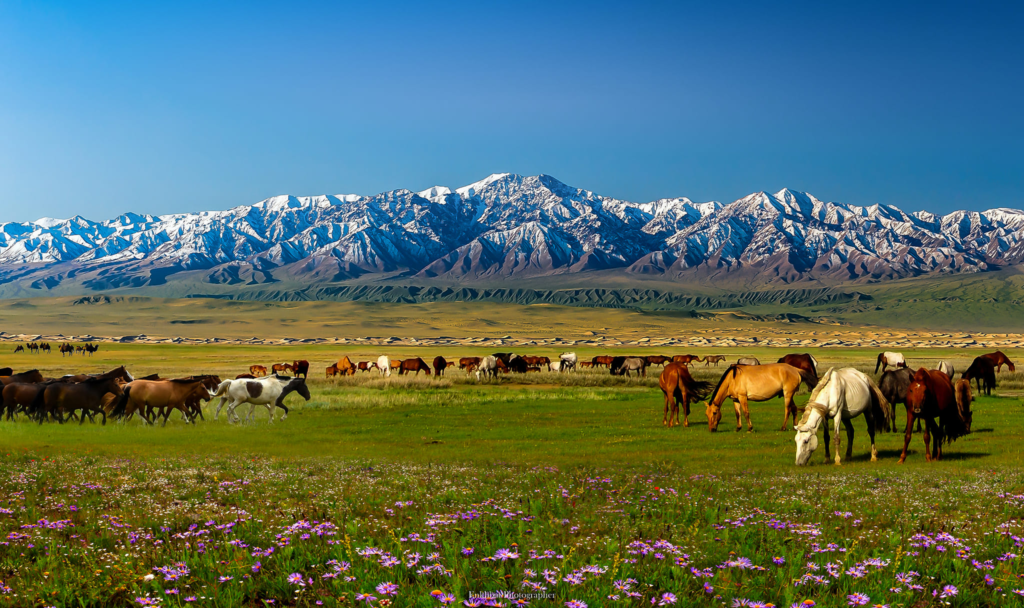Welcome to Mongolia, a land where Nomadic Lifestyles unfold against the backdrop of vast landscapes and ancient traditions. Join us on a journey into the heart of nomadic heritage, where Gers shelter a nomad’s life, and the nomads follow the rhythmic dance of their five loyal companions—sheep, horses, cows, camels, and goats—across the picturesque steppes and the legendary Gobi desert. This is an exploration of the enduring nomadic soul that has shaped Mongolia’s cultural fabric for generations.
Mongolian Traditional Games
Embark on a journey through the heart of Mongolian culture, where traditional games weave a rich tapestry of symbolism and skill. Divided into two categories, these games reflect the intimate connection between the nomadic lifestyle and nature.

In the first category, simple yet profound games like “ail ger” transports us to a world where stones become homes, and the circle of life is represented by the stones within. Children in Western countries play “house” with dolls, while Mongolian youth fashion miniature gers with stones, creating a vivid reflection of their herding lifestyle.

On the other hand, the second category introduces us to the sophisticated realm of games played with painted or carved pieces. Cards, chess, dominoes, and the intriguing shagai, played with cleaned anklebones of sheep, offer a glimpse into the artistic and social facets of Mongolian culture. Ancestral bones are not merely game pieces; they are offerings to mountains and skies, carrying tales of tradition and spirituality.

Among these games, shagai stands out with its multicolored turtle, a complex game of strategy and luck played with bones symbolizing the elements and colors of the cosmos. As players engage in the ancient dance of collecting bones, the winner emerges as the one who possesses the most, echoing the rhythm of Mongolian life.
Mongolian Nomadic Lifestyles
Picture the vast Mongolian landscape, where nomadic herders follow the rhythm of their livestock across forests, steppes, and the Gobi desert. In a dance with nature, Mongolians move 2-4 times a year, respecting their five loyal companions: sheep, horses, cows, camels, and goats. Horses, in particular, hold a special place in their hearts, considered not just animals but cherished friends.
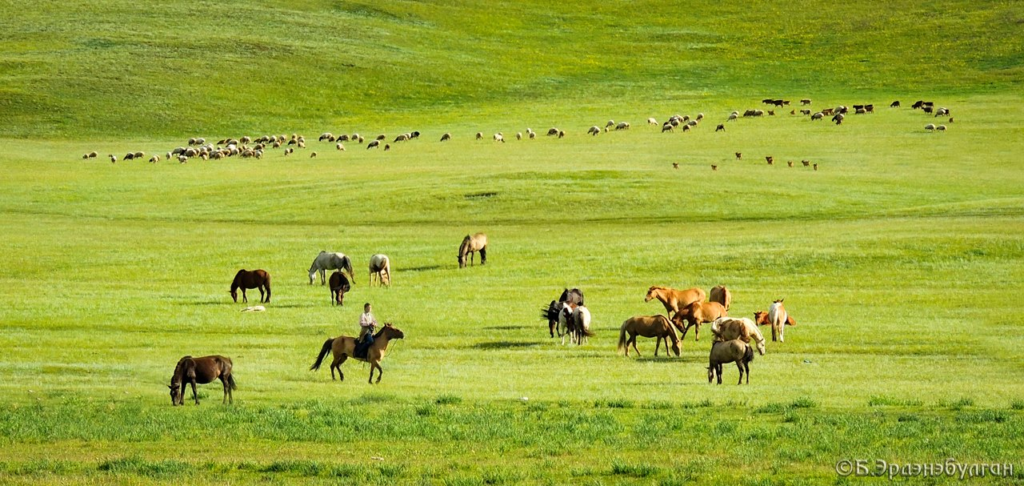
Nomadic life revolves around traditional dwellings called Gers, where herders find shelter amidst the endless horizons. With over 55.9 million livestock, including the iconic “five animals,” Mongolia’s prosperity rests on the shoulders of these creatures. The interdependence of sheep, goats, cows, camels, and horses creates a delicate balance, sustaining the nomadic way of life.
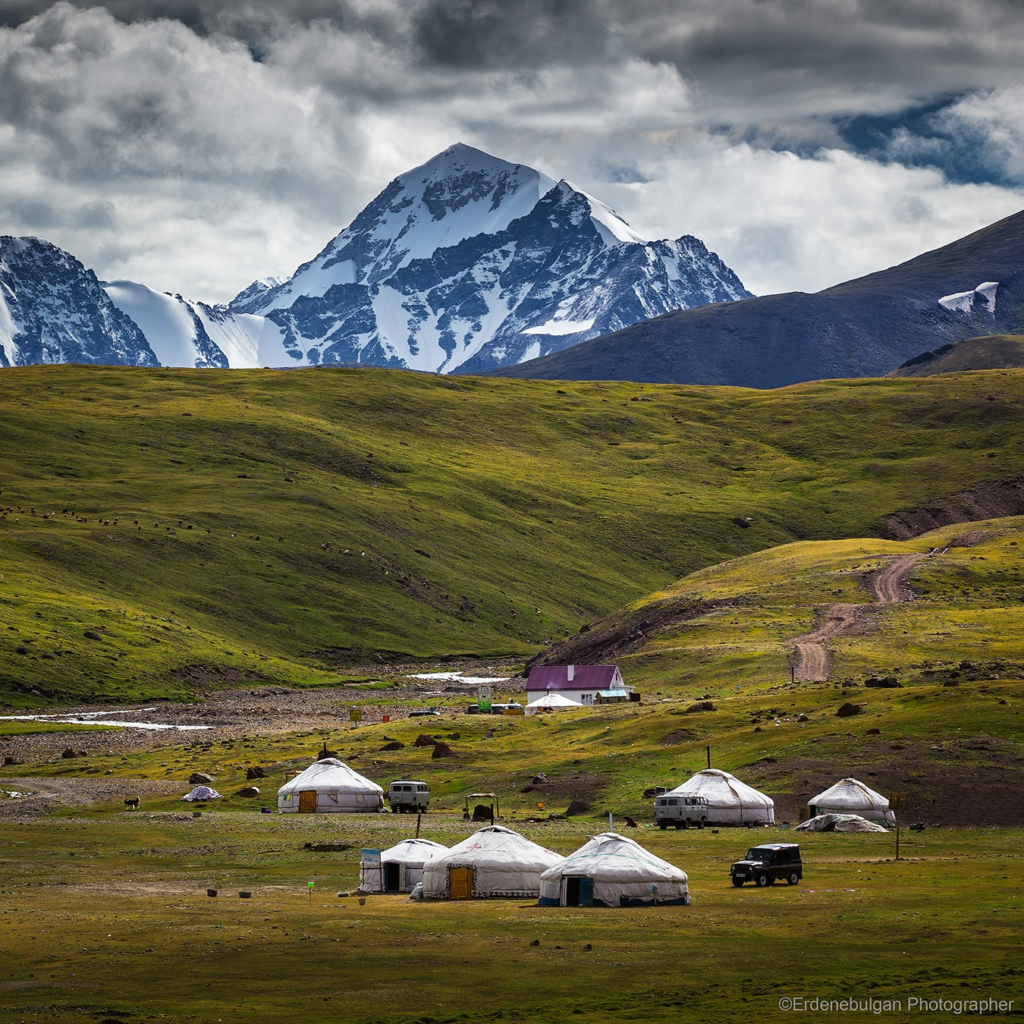
Witness the daily rhythm as herds gather, patiently waiting their turn for milking, while horses stand ready as both mounts and sources of milk. Camels, formidable creatures, contribute warmth through their wool, emphasizing the adaptability of nomadic practices to diverse environments.
Religion in Mongolia
Explore the spiritual landscape of Mongolia, where Yellow-headed Buddhism entered from Tibet in the 16th century, intertwining with the nomadic way of life. Though faced with challenges during the communist purges, Buddhism persevered, becoming an integral part of Mongolian identity.
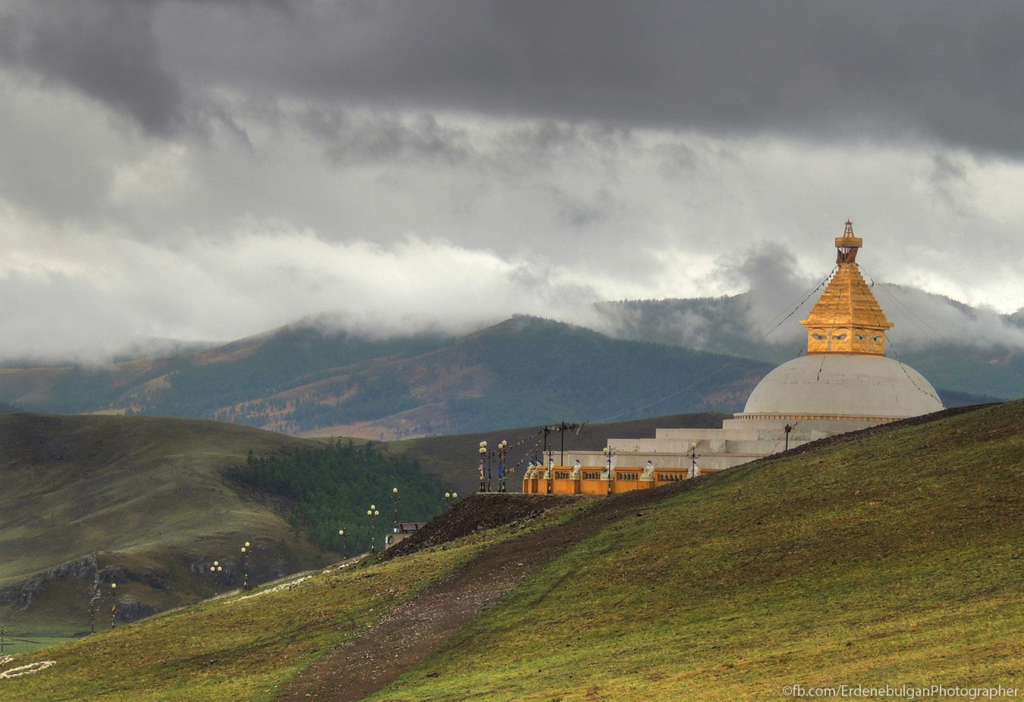
In the post-democratic era since 1990, religious practices have flourished, with over 180 temples and churches, including 110 Buddhist monasteries and 70 Christian churches. Delve into the teachings of Buddhism, where the sky father’s blessings, the “nature of reason,” and the pursuit of good deeds shape the spiritual fabric of Mongolian belief.
Traditional Music & Songs
Let the melodies of traditional Mongolian music carry you across the open steppe, echoing odes to nature, horses, and the enduring spirit of the land. Long songs, dating back 800 years, narrate tales of weddings, festivals, and religious ceremonies, creating a musical tapestry that has withstood the test of time.
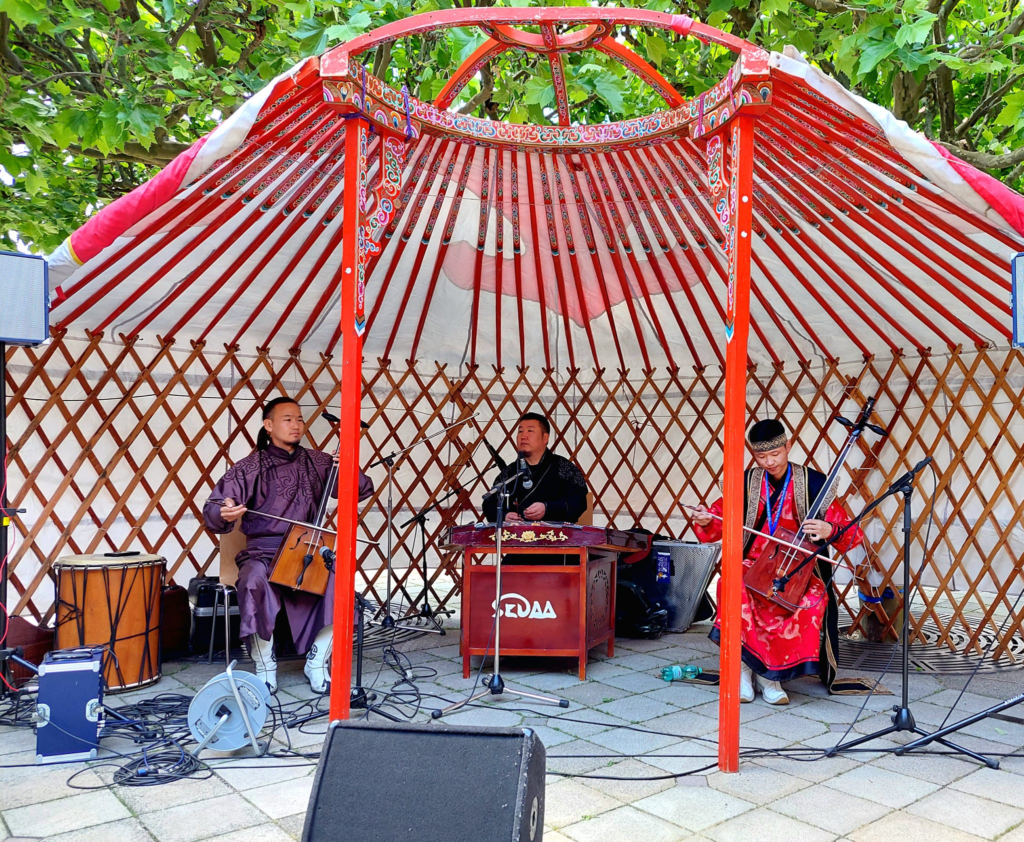
Discover the soul-stirring sounds of traditional instruments crafted from metal, stone, bamboo, leather, and wood. At the forefront is the revered “Morin khuur” or the horse-headed fiddle, a symbol of movement and the spirit of the horse. Uncover the legends surrounding this instrument, from its humble origins as a ladle for airag to its current status as the state instrument of Mongolia.
Presidentially declared as the state instrument, the Morin khuur takes center stage at Naadam, weddings, and other grand ceremonies, resonating with the heartbeat of Mongolian culture. As you immerse yourself in the melodies of this unique instrument, feel the ancient legend come alive, connecting the past and present through the timeless sounds of the Morin khuur.

